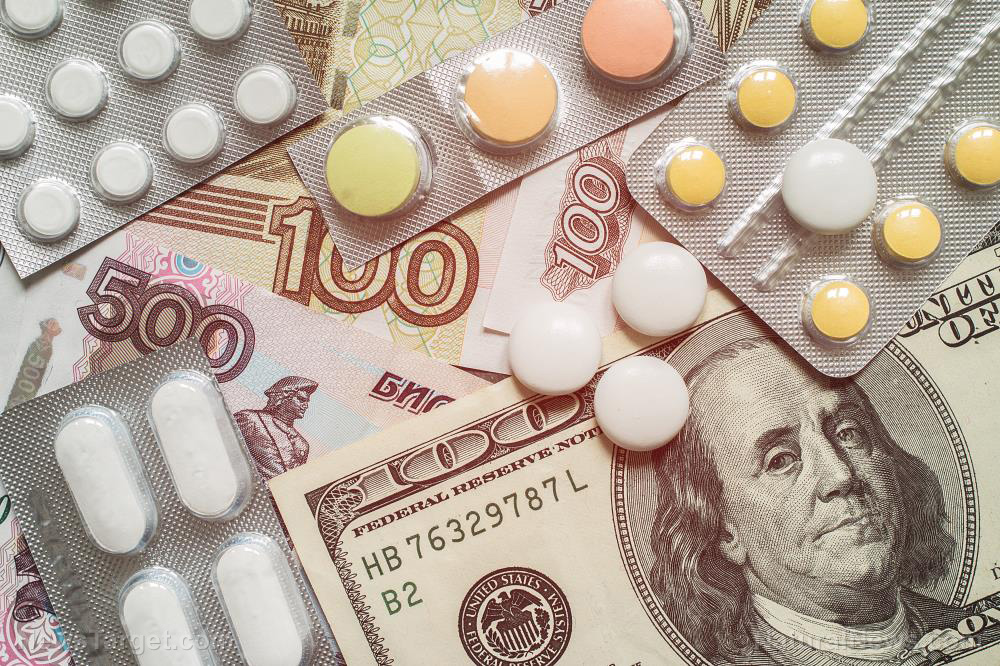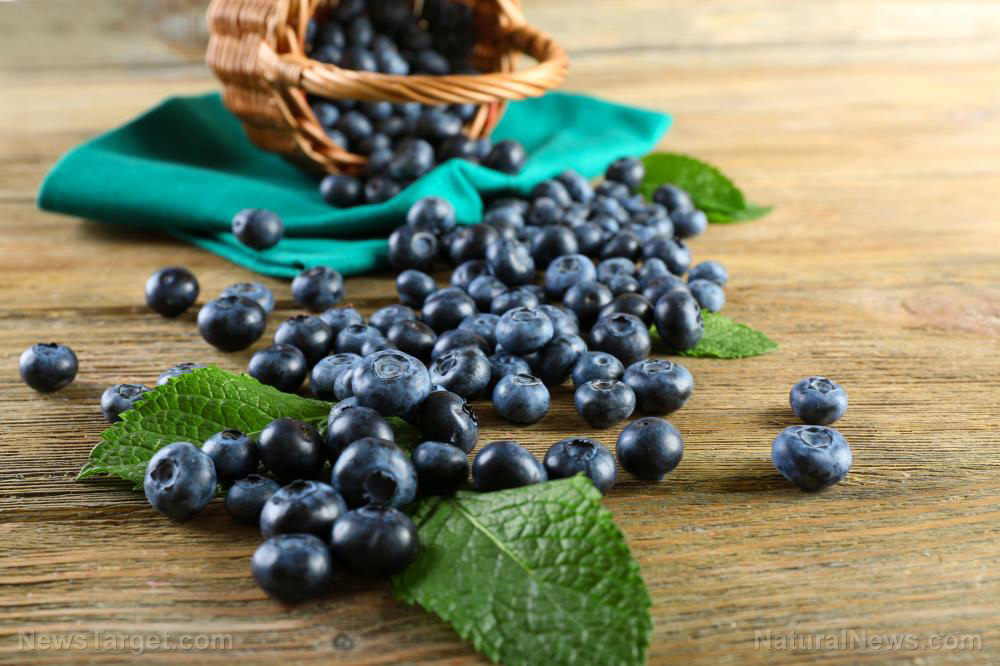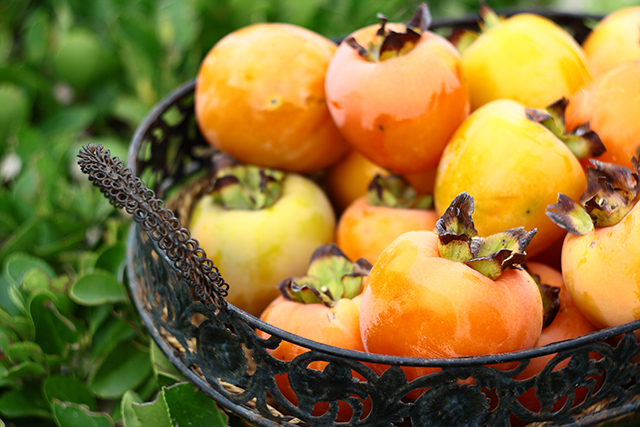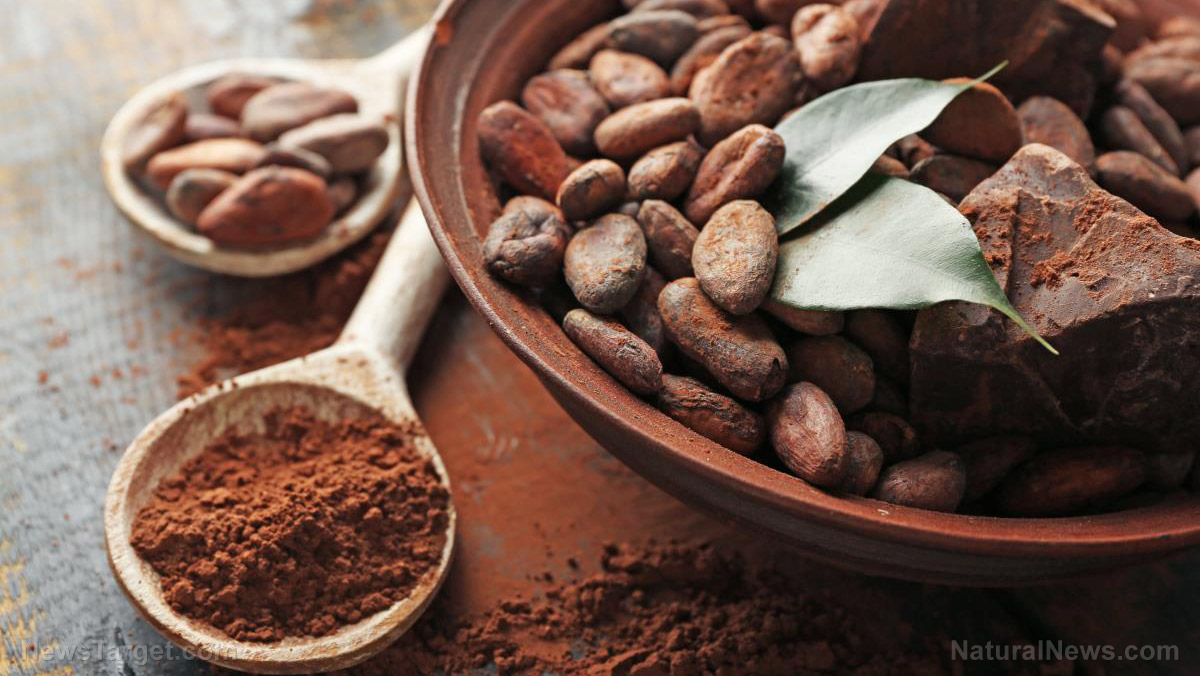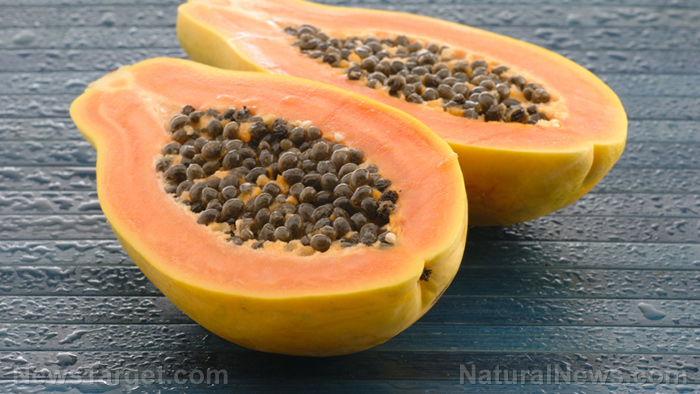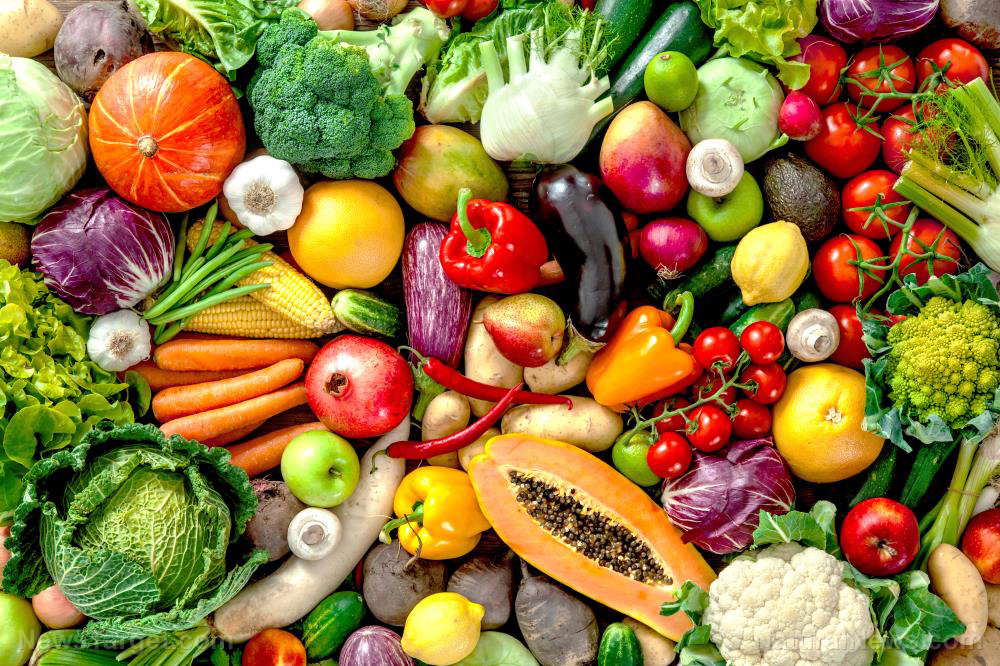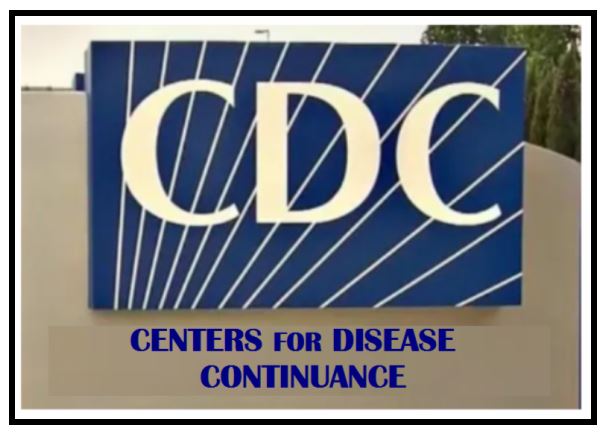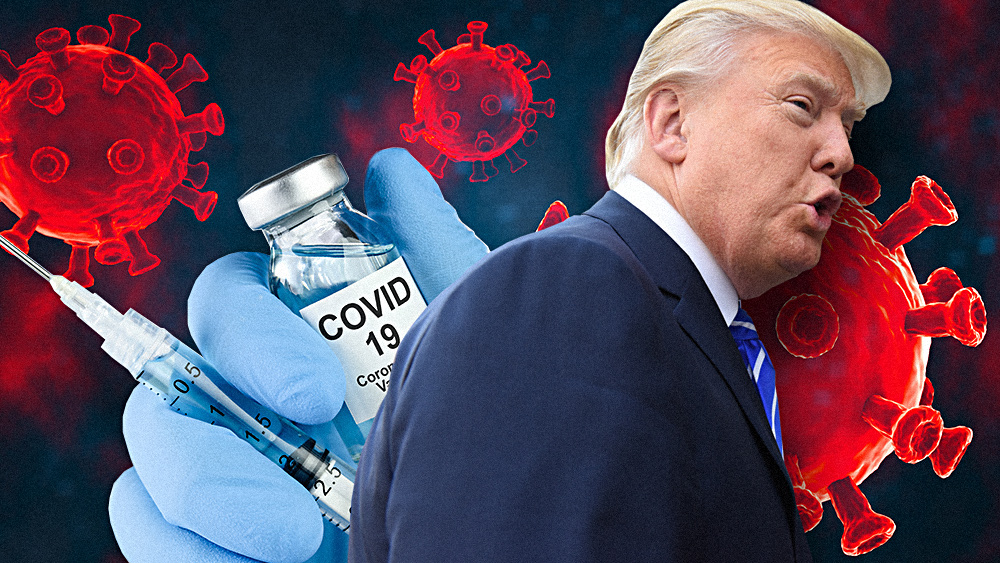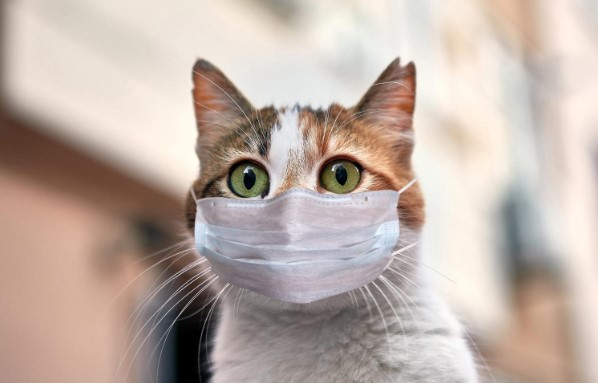The hidden danger in your food: Titanium dioxide and the health risks you need to know
02/16/2025 / By Zoey Sky

- Titanium dioxide (TiO2) is a white, powdery substance used as a pigment in paints, plastics, cosmetics and food. It has no nutritional value and is purely aesthetic.
- Titanium dioxide nanoparticles, which are extremely small, can penetrate cells and tissues, accumulating in the gut, liver and spleen. Studies link them to DNA damage, inflammation and cancer.
- Research shows TiO2 can harm good gut bacteria, cause intestinal inflammation and contribute to colorectal cancer and inflammatory bowel disease.
- The European Union banned titanium dioxide as a food additive in 2022 due to concerns about genotoxicity.
- In contrast, the U.S. FDA still considers it safe, relying on outdated safety reviews from 1973. Critics argue the U.S. lacks adequate oversight and precautionary measures.
Brightly colored candies, creamy frosting and white bread are commonly consumed food products, so chances are you’ve already consumed titanium dioxide (TiO2), a food additive often used to whiten and brighten processed foods. While it may make your food look more appealing, this chemical has been linked to serious health risks — so much so that the European Union banned it as a food additive in 2022.
Yet, in the U.S., titanium dioxide remains a staple on grocery store shelves, hidden in everything from Skittles to Duncan Hines frosting.
The question is: Why is a chemical deemed unsafe in Europe still allowed in American foods? And what are the potential dangers of consuming it?
What is titanium dioxide?
Titanium dioxide is a white, powdery substance used primarily as a pigment in paints, plastics and cosmetics.
In food, it’s labeled as E171 and added to products like candies, chewing gum, baked goods and even some dairy items to enhance their color and texture. It has no nutritional value; its sole purpose is aesthetic.
Despite its widespread use, titanium dioxide has come under scrutiny in recent years due to growing evidence of its potential harm to human health. Studies have linked it to DNA damage, inflammation and cancer.
The primary concern with titanium dioxide lies in its nanoparticle form. Nanoparticles are incredibly tiny particles that can easily penetrate cells and tissues. When ingested, these particles can accumulate in the body, particularly in the gut, liver and spleen.
Research has found that titanium dioxide nanoparticles can cause genotoxicity, meaning they can damage DNA and potentially lead to cancer. A study published in Food and Chemical Toxicology found that titanium dioxide nanoparticles induced DNA damage in human intestinal cells, raising concerns about their role in colorectal cancer. (Related: FDA proposes ban of popular food additive linked to negative side effects.)
Additionally, titanium dioxide has been linked to intestinal inflammation and disruptions to the gut microbiome, the community of beneficial bacteria that plays a crucial role in digestion, immunity and overall health.
A study published in Nanotoxicology also found that mice fed titanium dioxide experienced significant gut inflammation and changes to their gut bacteria, which could increase the risk of inflammatory bowel disease and other chronic conditions.
The brain-gut connection
The dangers of titanium dioxide aren’t limited to the gut. Emerging research suggests that nanoparticles can cross the blood-brain barrier, potentially harming the nervous system.
A study published in the Archives of Toxicology found that titanium dioxide exposure in mice led to changes in gut bacteria and locomotor dysfunction, suggesting a link between the additive and neurological issues.
Even more alarming, a 2025 study published in Alzheimer’s and Dementia found that titanium dioxide nanoparticles can bind to neurons, triggering oxidative stress and inflammation — two key factors in the development of neurodegenerative diseases like Alzheimer’s.
Why is titanium dioxide still allowed in the U.S.?
In 2022, the European Food Safety Authority (EFSA) concluded that titanium dioxide could no longer be considered safe for human consumption due to concerns about genotoxicity. This led to a ban across the European Union.
In contrast, the Food and Drug Administration (FDA) maintains that titanium dioxide is safe for use in food. According to reports, the agency last reviewed the additive’s safety in 1973, long before the rise of nanotechnology and the growing body of research highlighting its risks.
Public health advocates also argue that the FDA’s outdated safety standards are putting Americans at risk.
What can you do to protect yourself?
While policy changes are needed to address the widespread use of titanium dioxide, there are steps you can take to reduce your exposure to this harmful chemical:
Read labels carefully
Titanium dioxide may be listed as “E171” or simply as “artificial color.” Avoid products that contain these ingredients.
Choose whole foods
Opt for minimally processed foods, which are less likely to contain artificial additives.
Support advocacy efforts
Organizations like the Center for Science in the Public Interest (CSPI) are pushing for stricter regulations on food additives. Supporting these efforts can help drive change.
The case of titanium dioxide highlights a broader issue: The lack of oversight and transparency in the U.S. food system. While Europe has taken a precautionary approach – banning additives until they are proven safe – the U.S. often allows chemicals to remain in use until they are proven harmful.
As a consumer, you have the power to demand better. By staying informed and making conscious choices, you can protect your health and push for a food system that prioritizes safety over profit.
Watch the video below for more information about titanium oxide in Skittles.
This video is from the Andrew Zebrun III channel on Brighteon.com.
More related stories:
Common ingredient used in baked goods and processed foods linked to LOWER sperm counts.
The battle for a safer food supply: Consumers demand FDA ban cancer-causing Red Dye No. 3.
FDA finally takes action on toxic Red Dye 3.
Check out these 7 food additives that are BANNED in Europe but commonly used in the U.S.
Sources include:
Submit a correction >>
Tagged Under:
additives, cancer criminals, chemicals, clean food watch, E171, food additives, food coloring, food police, food science, food supply, grocery, stop eating poison, Titanium Dioxide, toxic foods, toxic ingredients, toxins
This article may contain statements that reflect the opinion of the author


